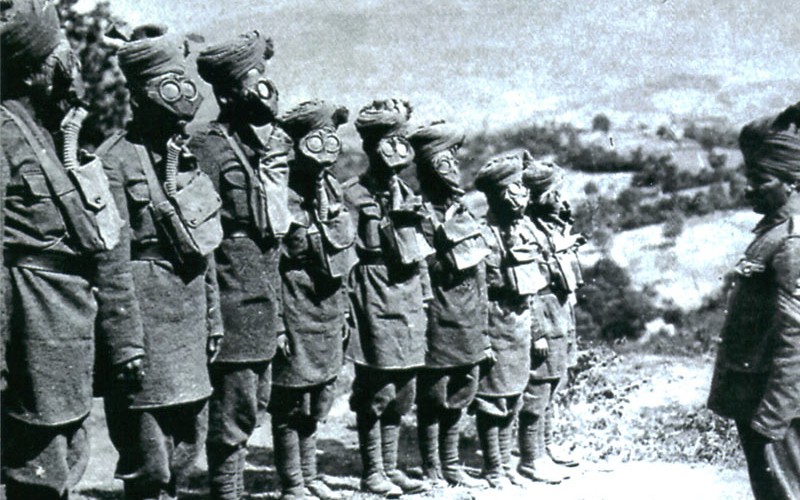On 11th November of every year, Britain commemorates the fallen soldiers of the First World War. Over 4 million British soldiers fought between 1914-18, most of whom were conscripted.
But it was not only British soldiers that contributed to the war effort. 1.3 million Indian soldiers from the British Empire also found themselves fighting the Crown: four times the equivalent of recruits from Australia, New Zealand, Canada and South Africa combined. According to Field-Marshal Sir Claude Auchinleck, Commander-in-Chief of the Indian Army, the British “couldn’t have come through…World War I…if they hadn’t had the Indian Army.”
Behind the lens takes us back 100 years to consider the contribution of the Indian Army to the war effort, from soldiers and labourers to the leaders and team-players.
This article is part of Project Empire, an editorial series designed to explore the history of the British Empire. See the full collection here »

